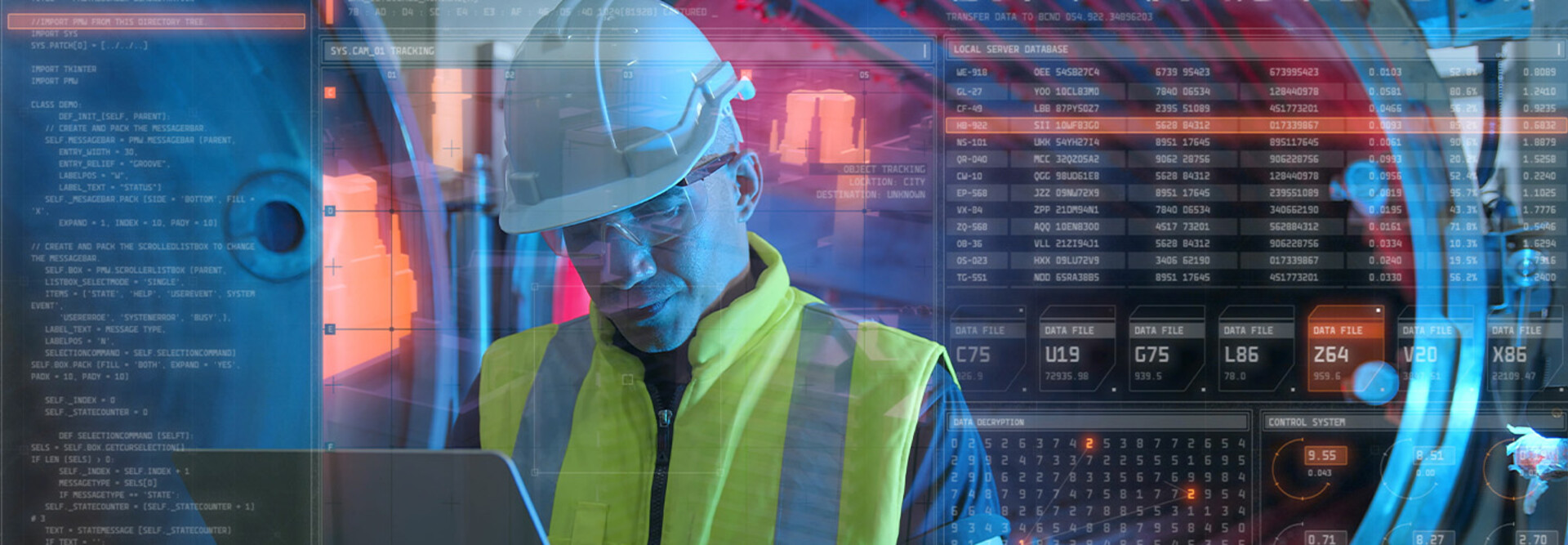AI-Based Detection and Response Makes Utilities More Proactive
AI is shifting cybersecurity from reactive to proactive. Traditional detection models rely on alerts and manual log reviews, which can delay response times. AI removes that lag by continuously analyzing network behavior, detecting anomalies in real time and alerting responders before damage occurs.
Machine learning models can even forecast likely attack paths based on previous incidents, threat intelligence and industry trends. This allows utilities to anticipate threats instead of waiting for them to strike.
AI-based incident response tools can also take predefined actions automatically when a threat is detected — isolating endpoints, alerting teams and blocking lateral movement. These automated responses shorten dwell time and reduce the impact of attacks.
In this way, AI stands firmly at the front line of utility cybersecurity.
WATCH: Artificial intelligence is being used by both attackers and defenders.
Overlooked Attack Surfaces: Equipment and Edge Devices
Many utilities still face risks tied to physical assets and connected field equipment. Transformers, sensors and remote substations remain prime targets, and any damage or compromise can cause widespread disruption.
AI can enhance surveillance by using behavioral analytics to recognize and flag anomalies, from repeated unauthorized access attempts to unusual physical activity around critical equipment.
A less obvious but equally concerning entry point is the array of connected devices deployed across service fleets. Utility trucks often carry ruggedized laptops and tablets that connect to control systems or store sensitive credentials. These endpoints can provide back doors into the network if not properly secured or monitored.
AI can strengthen endpoint protection by:
• Discovering unmanaged or shadow devices
• Detecting unusual behavior from endpoints in the field
• Monitoring remote access activity for suspicious patterns
These risks often go unnoticed until an incident occurs. AI helps bring them to light before that happens.
READ MORE: Develop a cyber resilience strategy that allows your organization to bounce back quickly.
Visibility Is the Foundation of Security
AI doesn’t have to be expensive to be effective. The key is starting small by focusing on well-defined use cases, then scaling based on measurable outcomes. Many utilities are finding value in affordable or open-source AI solutions that improve visibility and security without major upfront costs.
Asset discovery is one of the most impactful starting points. AI tools can map entire environments, revealing hidden or unmanaged devices and highlighting data flows between systems. You can’t protect what you can’t see, and AI brings visibility to blind spots across IT and OT networks.
In cybersecurity, perfection isn’t the goal — preparedness is. With the right AI tools, utilities can build more resilient, proactive defenses and stay ahead of evolving cyberthreats.










